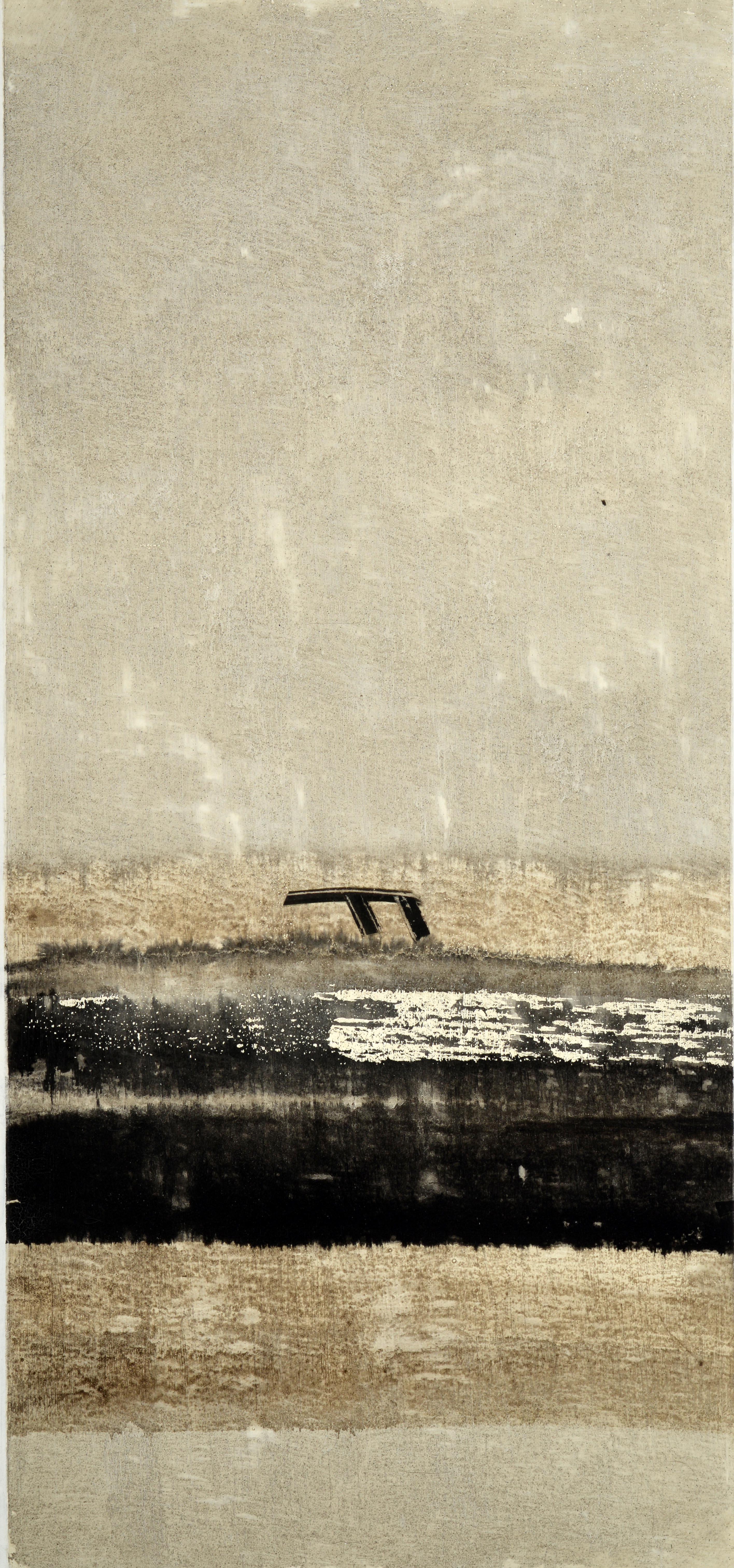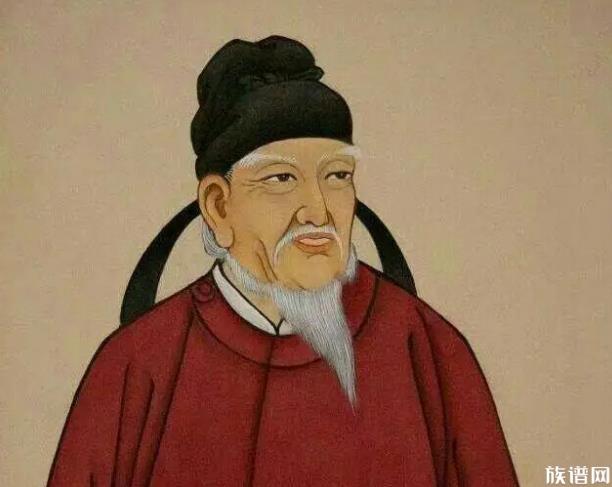ISO周日历
与格里历关系
如果格里历年的第一天是星期五、星期六和星期日,或是星期六和星期日,或正好就是星期日是格里历年的第一天(在ISO年是去年的最后一天);又或者是星期一、星期二和星期三,或者是星期一和星期二,或正好就是星期一在格里历年的最后一天(是下一个ISO年的第一个星期),ISO周数年的年份会偏离格里历的年份。从1月4日至12月28日,ISO周数年和所有星期4的周数都会与格里历相同。
第一周
ISO 8601定义包含当年第一个星期四的那一周是第一个星期。 基于这个定义,下列的属性有相互的等价性:
第一周至少有4天在1月里面。
最接近格里历年开始的是1月1日是星期一。.
第一个星期最早是12月29日至1月4日,最晚是1月4日至1月10日。
如果1月1日和星期六与星期日不是工作日,1月4日就会是第一个工作日。
如果1月1日是星期一、二、三、或四,它就是第一周,如果1月1日是星期五,它就是去年度的第53周;如果是星期六,它是去年第52周的一部分(如果上一年是格里历的闰年,它就是第53周的一部分);如果是星期日,它是去年第52周的部分。
最后一周
ISO周日历的最后一星期是第52周或53周,是下一年的第一周之前。这一周的特质如下:
格里历的最后一个星期四会在这一周内。
最后一周有至少有4天在12月里面。
它的中间日,星期四,一定在年尾。
最接近格里历年结束的是12月31日星期日。
12月28日一定在年度内。因为最后一周的日期最晚是12月28日至1月3日,最早是12月21日至12月28日。
如果12月31日是星期一、二、或三,它是下年度的第一周;如果是星期四,它会是结束结束的第53周;如果是星期五,它是年度的第52周(或是在闰年的第53周);如果是星期六或星期日,它是结束年度的第52周。
每年的星期
长年 ,是有53星期的年,可以有下列与定义等效的叙述:
任何从星期四开始的年(主日字母D或DC)和以星期三开始的闰年(ED)。
任何以星期四结束的年(D、ED)和以星期五结束的闰年(DC)
在1月1日和12月31日(在平年)或其中之一(在闰年)是星期四的年度。
其它所有的ISO周日历的年都是只52周的 短年 。
再给定的年度中,12月28日对应的周数就是当年的星期数目。
平均而言,每5.6388……年(=7/[365.2425 – 52 X 7] = 400/71有一年是53周的长年。一年的长度是On average, a year has 53 weeks every 5.6338… years (= 7 / [365.2425 − 52×7] = 400 / 71).
下面的71年是400年循环(加上2,000就是本世纪的年度)中有53周的年度(需要注意闰年有2月29日),未列出的年份仅有52周:
ISO的常年有43次间隔6年,27次间隔5年,有一次间隔7年(从296年到303年)。
格里历年与这71个长年的对应关系可以细分如下:
27个格里历的闰年(366天,在儒略历也是闰年)。 Gregorian leap years (366
44个平年(365天,相较于儒略历也是平年)开始和结束都是星期四。
格里历对应于短年的ISO周日历(无论开始或结束都不是星期四)的其余329年,可以细分叙述如下:
有70个闰年(对应的儒略历年也都是闰年),和
259个平年(但是儒略历有3年是闰年:100、200、和300)。
因此,在400年的循环中:
27个ISO周日历的长年(53周或371天)比对应的格里历闰年(366天)多5天。
44个ISO周日历的长年(53周或371天)比对应的格里历平年(365天)多6天。
70个ISO周日历的短年(52周或364天)比对应的格里历闰年(366天)少2天。
259个ISO周日历的短年(52周或364天)比对应的格里历平年(365天)少1天。
每个月的星期
ISO的标准并未定义任何周与月相关联的协定。月中的每一天和月,也都以周和周日表达,且不会混淆不清。
在会计年度中,周年统计受益于星期是一个显著实体的规则。因此,在实务中通常每一季固定有13个星期,并且分割成5+4+4周、4+5+4周、或4+4+5周。在53个星期的长年中,最后一季有14个星期。
虽然ISO 8601认为没有这样的需要,但在有必要将星期分配到一个月中的时候,可以应用的规则是从每年的第一个星期开始。由这种模式产生的结果,会是不规则的。有4个月(或在长年有5个月)会有5个星期,但是至少有29天是从星期四开始,30天是从星期三开始,31天从星期二开始。
Dates with fixed week number
For all years, 8 days have a fixed ISO week number (between 01 and 08) in January and February. And with the exception of leap years starting on Thursday, dates with fixed week numbers occurs on all months of the year (for 1 day of each ISO week 01 to 52) :
During leap years starting on Thursday (i.e. the 13 years number 004, 032, 060, 088, 128, 156, 184, 224, 252, 280, 320, 348, 376 in a 400-year cycle), the ISO week numbers are incremented by 1 from March to the rest of the year (this last occurred in 1976 and 2004 and will not occur before 2032; these exceptions are happening between years that are most often 28 years apart, or 40 years apart for 3 pairs of successive years: from year 088 to 128, from year 184 to 224, and from year 280 to 320).
The day of the week for these days are related to Doomsday because for any year, the Doomsday is the day of the week that the last day of February falls on. These dates are one day after the Doomsdays, except that in January and February of leap years the dates themselves are Doomsdays. In leap years the week number is the rank number of its Doomsday.
Equal weeks
The pairs 02/41, 03/42, 04/43, 05/44, 15/28, 16/29, 37/50, 38/51 and triplets 06/10/45, 07/11/46, 08/12/47 have the same days of the month in common years. Of these, the pairs 10/45, 11/46, 12/47, 15/28, 16/29, 37/50 and 38/51 share their days also in leap years. Leap years also have triplets 03/15/28, 04/16/29 and pairs 06/32, 07/33, 08/34.
The weeks 09, 19–26, 31 and 35 never share their days of the month with any other week of the same year.
优点
All weeks have an integral number of days (i.e. there are no fractional weeks).
All years have an integral number of weeks.
The date directly tells the weekday.
All week-numbering years start with a Monday and end with a Sunday.
When used by itself without using the concept of month, all week-numbering years are the same except that some years have a week 53 at the end.
The weeks are the same as used with the Gregorian calendar.
计算
计算给定日期的周数
The week number of any date can be calculated, given its ordinal date (i.e. position within the year) and its day of the week. If the ordinal date is not known, it can be computed by any of several methods; perhaps the most direct is a table such as the following.
Method: Using ISO weekday numbers (running from 1 for Monday to 7 for Sunday), subtract the weekday from the ordinal date, then add 10. Divide the result by 7. Ignore the remainder; the quotient equals the week number. If the week number thus obtained equals 0, it means that the given date belongs to the preceding (week-based) year. If a week number of 53 is obtained, one must check that the date is not actually in week 1 of the following year.
Example: Friday 26 September 2008
Ordinal day: 244 + 26 = 270
Weekday: Friday = 5
270 − 5 + 10 = 275
275 / 7 = 39.28…
Result: Week 39
计算给定日期的年、周数和周日
This method requires that one know the weekday of 4 January of the year in question. Add 3 to the number of this weekday, giving a correction to be used for dates within this year.
Method: Multiply the week number by 7, then add the weekday. From this sum subtract the correction for the year. The result is the ordinal date, which can be converted into a calendar date using the table in the preceding section. If the ordinal date thus obtained is zero or negative, the date belongs to the previous calendar year; if greater than the number of days in the year, to the following year.
Example: year 2008, week 39, Saturday (day 6)
Correction for 2008: 5 + 3 = 8
(39 × 7) + 6 = 279
279 − 8 = 271
Ordinal day 271 of a leap year is day 271 − 244 = 27 September
Result: 27 September 2008
其他的周数系统
For an overview of week numbering systems see week number.
The US system has weeks from Sunday through Saturday, and partial weeks at the beginning and the end of the year, i.e. always 53 weeks. An advantage is that no separate year numbering like the ISO year is needed. Correspondence of lexicographical order and chronological order is preserved (just like with the ISO year-week-weekday numbering), but partial weeks make some computations of weekly statistics or payments inaccurate at end of December or beginning of January.
A variant of this US scheme groups the possible 1 to 6 days of December remaining in the last week of the Gregorian year within week 1 in January of the next Gregorian year, to make it a full week, bringing a system with accounting years having also 52 or 53 weeks and only the last 6 days of December may be counted as part of another year than the Gregorian year.
The US broadcast calendar counts the week containing 1 January as the first of the year, but otherwise works like ISO week numbering without partial weeks.
相关条目
星期
4-4-5历
Template:Chronology
免责声明:以上内容版权归原作者所有,如有侵犯您的原创版权请告知,我们将尽快删除相关内容。感谢每一位辛勤著写的作者,感谢每一位的分享。

- 有价值
- 一般般
- 没价值



24小时热门
推荐阅读
关于我们

APP下载








































